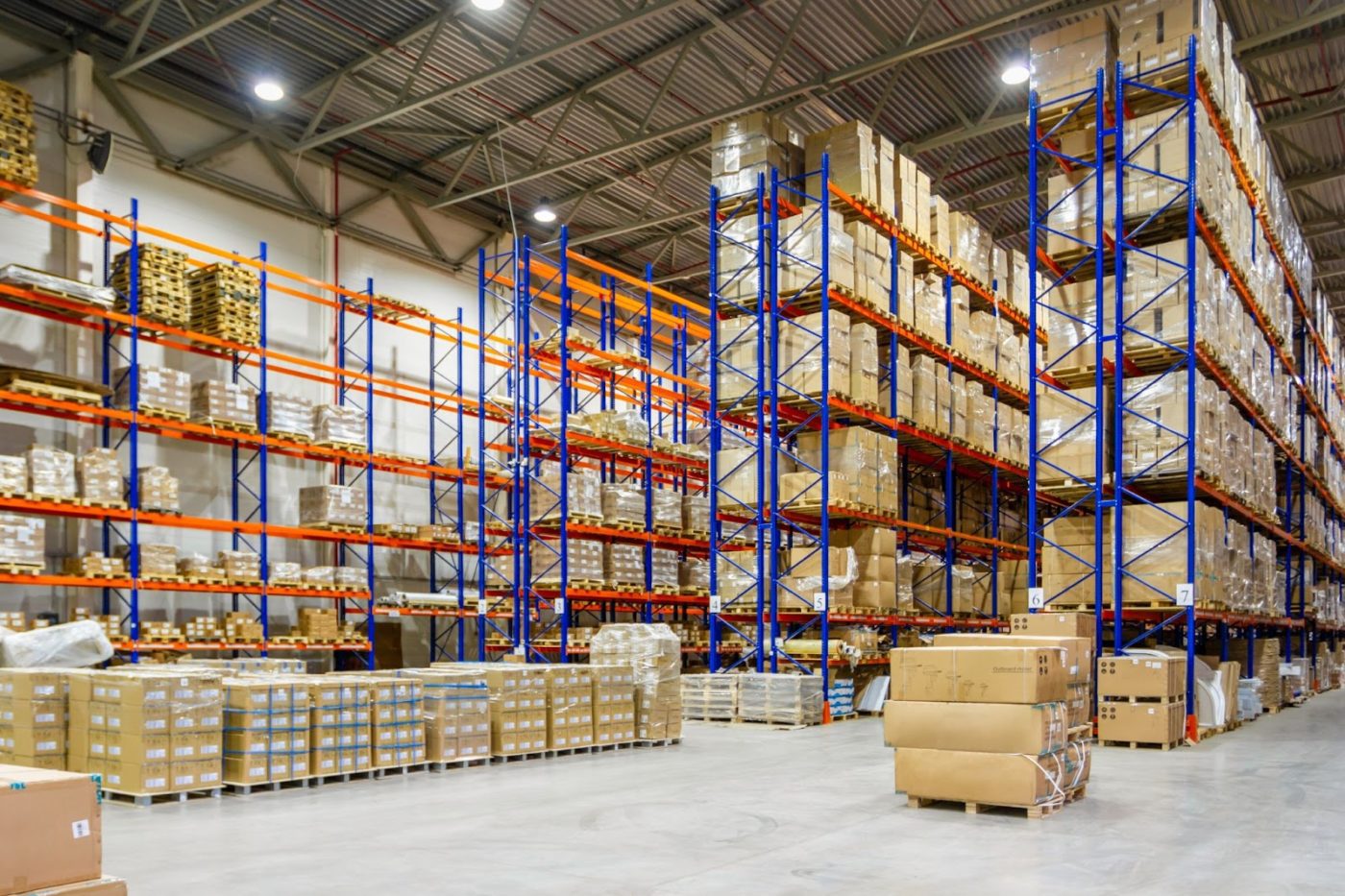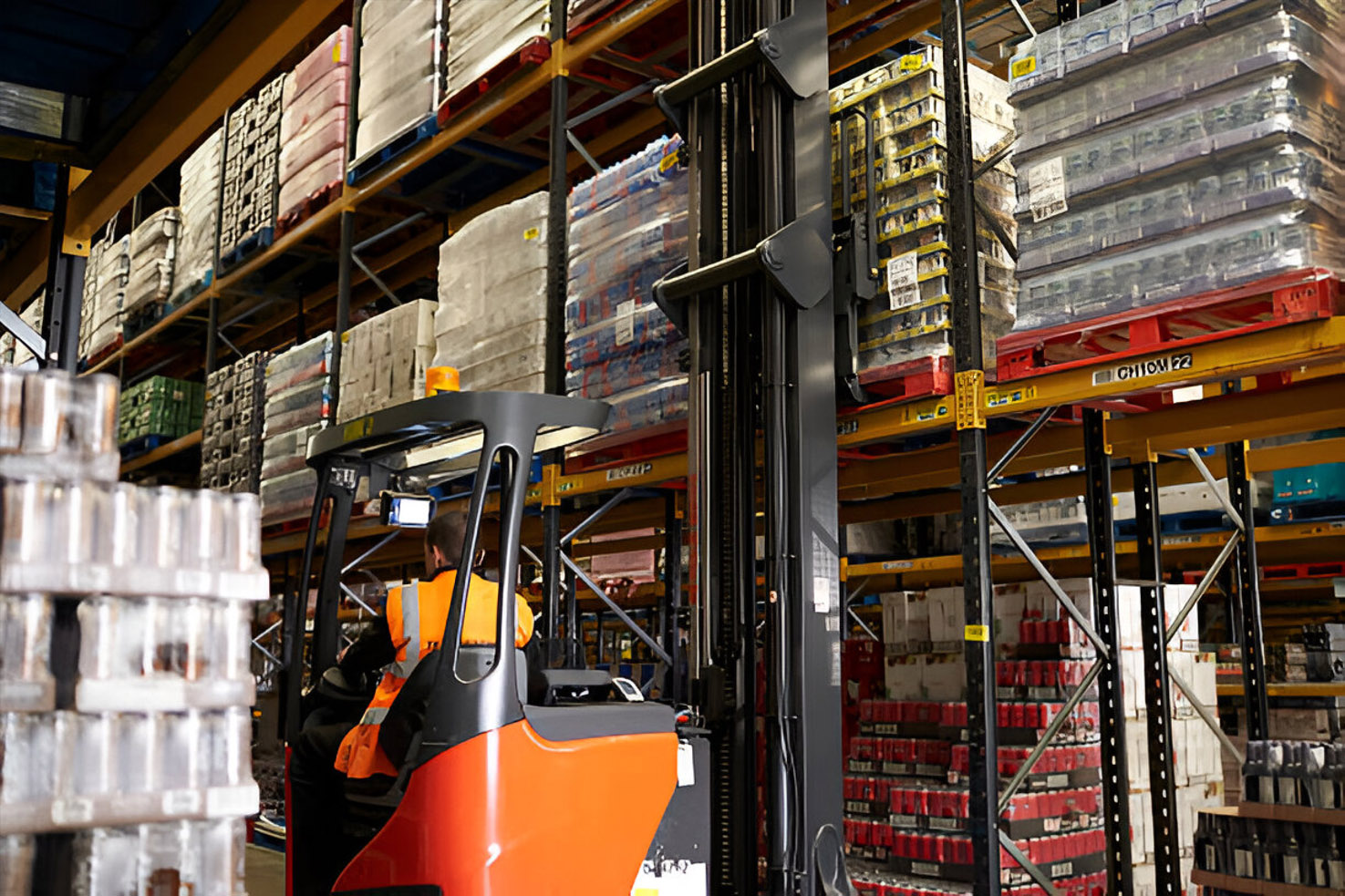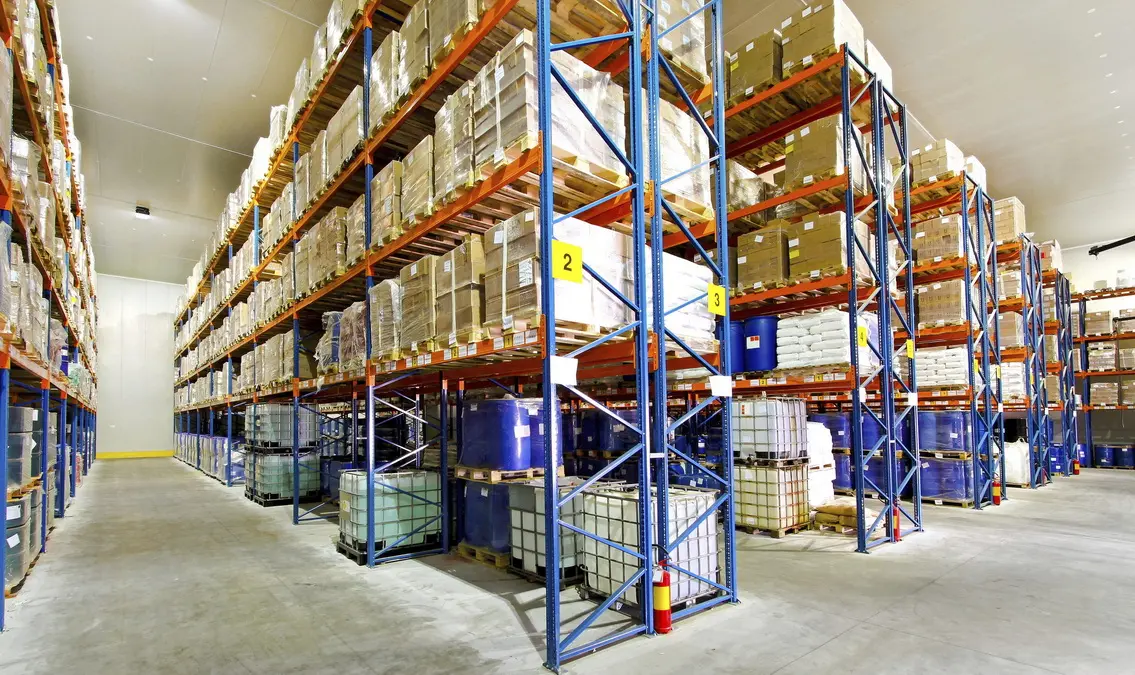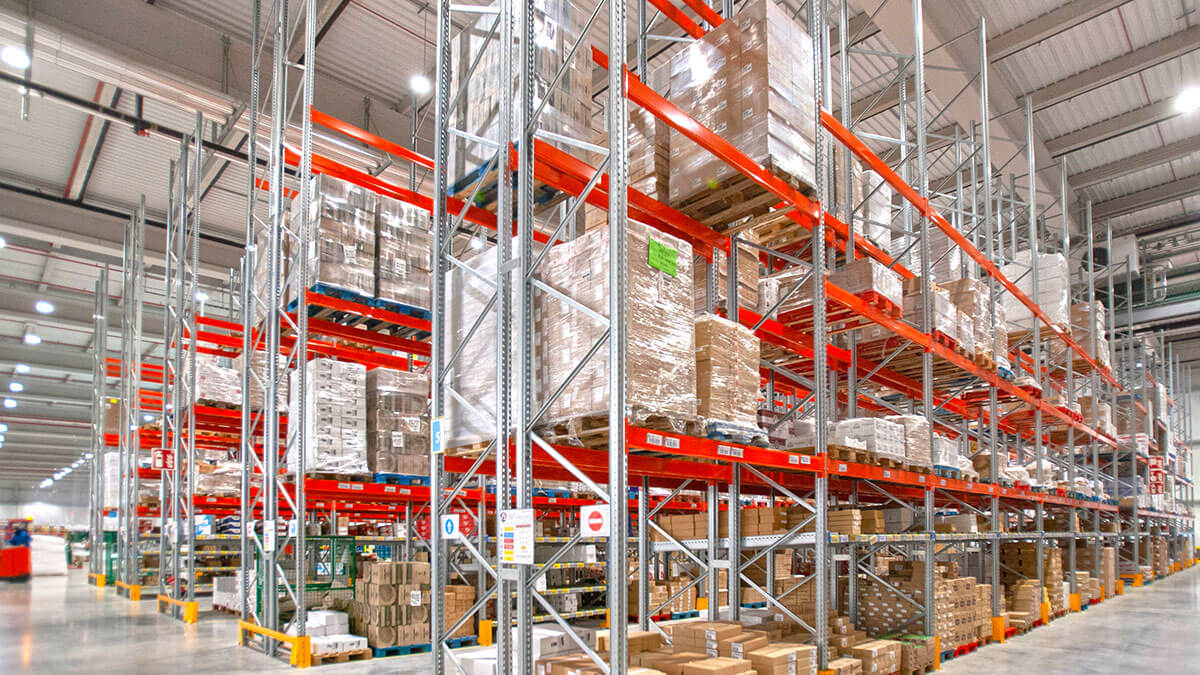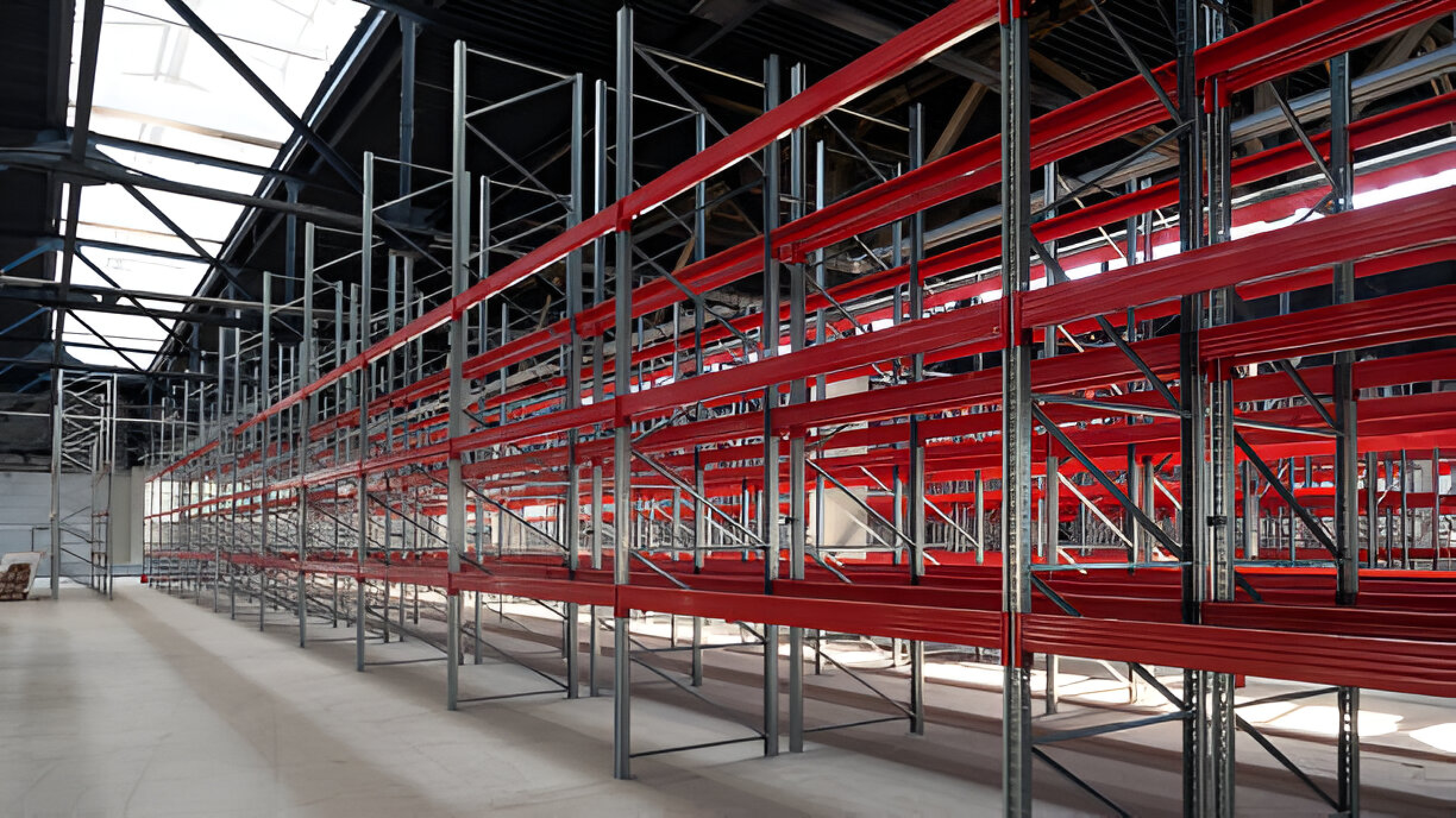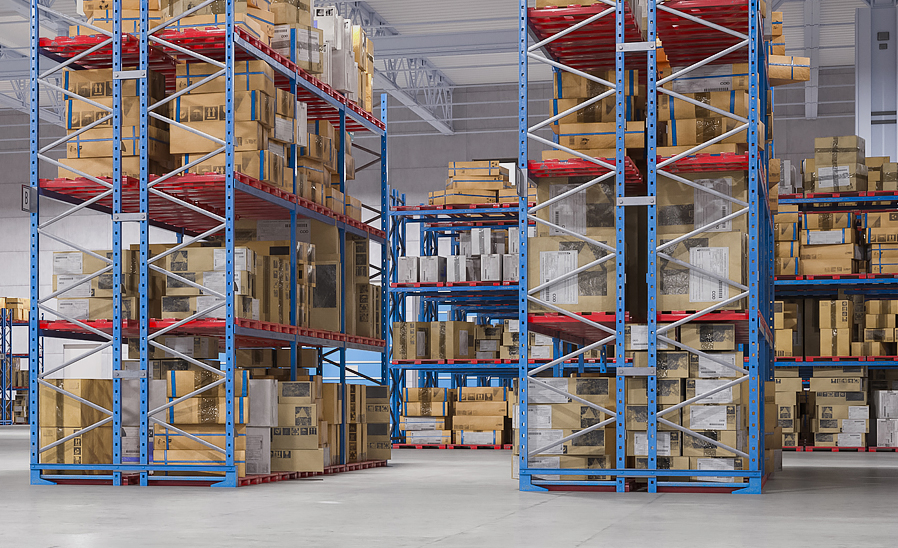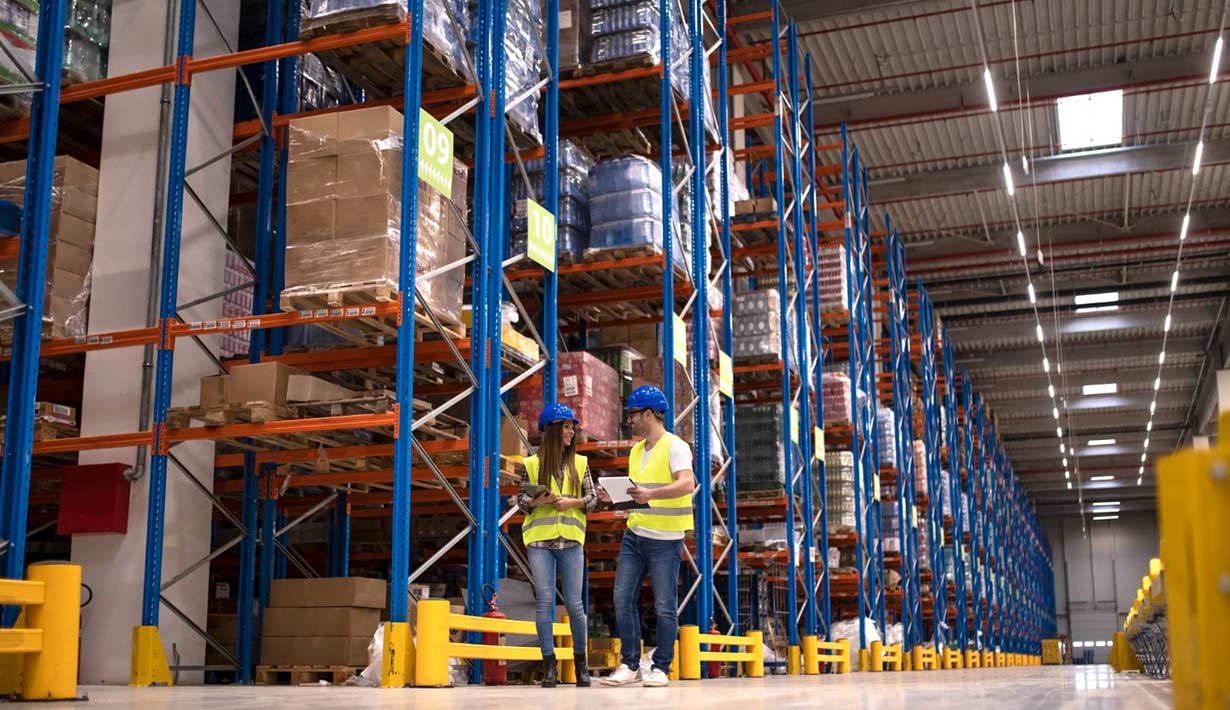Warehouse Pallet Racks: Benefits and Types to Consider for Your Warehouse
Running a warehouse efficiently requires smart storage solutions, and few options rival the versatility and practicality of pallet racks. Whether you’re managing a small distribution center or a sprawling industrial facility, understanding warehouse pallet racks benefits can transform your operations. At JB Equipment, we’ve been helping businesses across Canada optimize their storage with expertly designed pallet racking systems tailored to their unique needs.
This guide explores the advantages of pallet racks and the various types available, offering insights to help you make informed decisions for your warehouse. From boosting space utilization to enhancing workflow, we’ll cover why warehouse
Choosing the Right Warehouse Racking System: Key Factors to Consider
Warehouse Racking: A Comprehensive Guide to Organizing Your Warehouse Efficiently
A key element in achieving this efficiency is the warehouse racking system, meticulously designed to optimize space, improve organization, and streamline workflow. Efficient warehouse management is the foundation of any thriving business dependent on inventory, storage, and distribution. At JB Equipment, we recognize the critical role a well-chosen warehouse racking system plays in turning your facility into a seamlessly operating hub. This comprehensive guide explores everything you need to understand about the warehouse racking system, including its various types, benefits, installation processes, and maintenance practices, enriched with expert insights from JB

